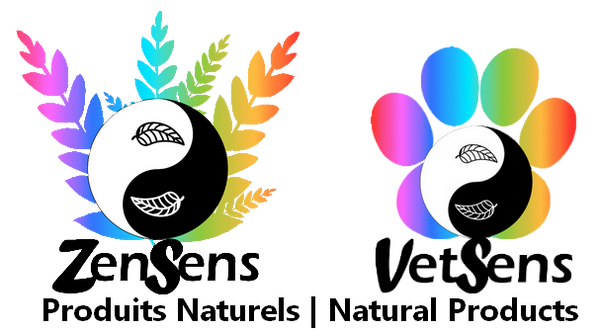Here is a list of safe oils to use in broadcast in the presence of mammals (Birds being more fragile, the diffusion of essential oils is not recommended without the advice of a specialist.Please note that these oils are not all safe for ingestion or contact with the skin or eyes! Caution is always advised!

- Green anise (Pimpinella anisum)
- Tea tree (Melaleuca alternifolia): one of the most synthesized and adulterated oils, but safe when from a good source and used in small quantities (1 drop maximum in diffusion)
- Sweet basil, containing Estragol or Methyl-Chavicol
- Bergamot (Citrus bergamia) (possible photosensitivity)
- Sandalwood (Santalum album), Mysore Sandalwood, Indian Sandalwood.
- German Chamomile, True Chamomile (Matricaria recutita)
- Roman Chamomile (Anthemis nobilis)
- Catnip, cat grass (Nepeta cataria)
- Atlas Cedar (Cedrus atlantica)
- Lemon (Citrus limon)
- Citronella "Ceylon" "citronella" (Cymbopogon nardus)
- East Lemongrass "lemongrass" (Cymbopogon flexuosus)
- Copahu (Copaifera officinalis, Copaifera langsdorfii)
- Cypress (Cupressus sempervirens)
- Elemi (Canarium luzonicum)
- Black Spruce (Picea mariana)
- Tarragon (Artemisia dracunculus): to be avoided in case of epilepsy
- Lemon Eucalyptus (Eucalyptus citriodora)
- Eucalyptus globulus (Eucalyptus globulus)
- Eucalyptus polybractea
- Eucalyptus radiata
- Sweet fennel (Foeniculum vulgare)
- Coriander leaf (Coriandrum sativum)
- Juniper (Juniperus communis)
- Geranium (Pelargonium gravelolens): many versions exist, prefer the Bourbon Geranium.
- Ginger (Zingiber officinale)
- Coriander seeds (Coriandrum sativum)
- Black Cumin Seed, Nigella (Nigella sativa)
- Immortelle, Helichrysum (Helichrysum italicum)
- Laurel (Laurus nobilis)
- True Lavender (Lavandula angustifolia): be careful, one of the most synthesized and adulterated oils, but very safe when from a good source
- Labrador Tea, Greenlandic Tea (Ledum groenlandicum)
- Lime (Citrus aurantifolia): one of the most synthesized and adulterated oils, but safe when from a good source
- Mandarin (Citrus reticulata)
- Manuka (Leptospermum scoparium)
- Sweet Marjoram, Shell Marjoram (Origanum majorana)
- May Chang (Litsea cubeba)
- Lemon balm, lemon balm (Melissa officinalis)
- Peppermint (Mentha piperita)
- Green mint (Mentha spicata)
- Nutmeg (Myristica fragrans)
- Myrrh (Commiphora myrrha)
- Myrtle (Myrtus communis)
- ankincense, Incense (Boswellia carterii)
- Sweet orange (Citrus sinensis): one of the most synthesized and adulterated oils, but safe when from a good source
- Oregano (Origanum vulgare)
- Palmarosa (Cymbopogon martinii)
- Grapefruit (Citrus paradisii): one of the most synthesized and adulterated oils, but safe when from a good source
- Patchouli (Pogostemon cablin): Caution, very strong scent! Use in smaller quantities than usual oils
- Pine (Pinus sylvestris)
- Black pepper (Piper nigrum): Caution, may have a strong smell and sting the eyes
- Rosemary (Rosmarinus officinalis) ct Cineole, ct Verbenone
- Rose (Rosa damascene), Rose Otto: One of the most expensive oils on the market, smells very strong, to be used in small quantities.
- Balsam fir (Abies balsamea)
- Dalmatian sage (Salvia officinalis): to be avoided in case of epilepsy
- Clary Sage (Salvia Sclarea)
- Tangerine (Citrus tangerina) is one of the most synthesized and adulterated oils, but safe when from a good source.
- Thyme (Thymus vulgaris) ct Thymol (better), ct Linalool (faster oxidation)
- Valerian (Valeriana officinalis)
- Vetiver (Vetiveria zizanioides)
- Ylang Ylang (Cananga odorata) Complete
To know the list of our resources on this subject, please write to us and we will be happy to send you our most up-to-date bibliography!
